
Mariko shares a glimpse into what’s different in one Tokyo neighborhood compared to her memories from 20 years ago.
When our Japanese-language correspondent Mariko Ohanabatake was a college student in the first half of the ’00s, the Ebisu neighborhood of Tokyo was a top destination for leisure among her peers. It was an especially popular date spot due to having plenty of shopping, dining, and cultural attractions, including a small cinema and the Tokyo Metropolitan Museum of Photography, not to mention the fancy-looking brickwork everywhere. However, the closure of the Ebisu branch of the upscale Mitsukoshi department store in 2021 followed by the temporary shutdown of the Yebisu Garden Cinema earlier this year made her a bit concerned. “Is Ebisu really doing ok these days?” she wondered. There was only one way to find out, so she went to scope out the area for herself for the first time in years.
The main heart of Ebisu is undoubtedly Yebisu Garden Place, an outdoor area with a high concentration of restaurants and shops. In fact, the neighborhood had originally grown around a beer brewery, and even today it houses the Museum of Yebisu Beer. I personally had heard of Ebisu before I ever visited Japan thanks to a famous scene in the 2005 J-drama Hana Yori Dango (based on the manga of the same name) in which the two main characters are supposed to meet in the Clock Plaza at Yebisu Garden Place.
▼ By the way, the spelling of “Yebisu” is intentional to give it a retro vibe even though the written symbol for “ye” is no longer used in modern Japanese.
Yebisu Garden Place is located outside of the east exit of JR Ebisu Station (conveniently located on the JR Yamanote Line loop). Mariko had visited the Tokyo Metro Ebisu Station for the Hibiya Line and its Atre shopping center near the west exit more recently, but this was her first time seeking out Yebisu Garden Place for its sake alone in a long time.
The looong, moving Sky Walk stretching from the east exit to Ebisu Garden Place was news to her.
She’d only ever seen a walkway as long as this one at Haneda Airport and Nakayama Racecourse in Chiba Prefecture. These days, there are convenient shopping areas like Atre and Lumine in front of pretty much any station, so needing to travel this far to shop was relatively inconvenient.
After walking for seven minutes on the Sky Walk, Yebisu Garden Place finally came into view. The elegant brickwork, courtyard greenery, and castle-like visage of the Château Restaurant Joël Robuchon peeking through in the background were exactly as Mariko remembered them.
However, a closer look revealed that almost none of the immediate buildings were open for business!
She knew that the Yebisu Mitsukoshi location had closed, but the beer garden building itself–perhaps the single most prominent symbol of Ebisu–was also closed!
On top of that, the stylish olive oil specialty shop just inside the entrance also wasn’t in operation.
As far as she could see, only a few shops were actually open. People were still passing through because there were offices and apartments in the area, but this spectacle was somewhat depressing in her mind.
This didn’t line up with her mental image of Yebisu Garden Place at all. Perhaps it was a bit of an exaggeration, but all she could feel was a sense of urban decay.
As if it were reading her somber mood, at that very moment a lone pigeon sauntered past in the drizzling rain.
▼ Solitary pigeon in the rain–it’s a mood
Mariko took a few moments to pull herself together and then decided to check out a new place called Foodies’ Garden that opened on April 15. This was supposedly a new market area that opened ahead of the Center Plaza building that will be opening this fall.
Nine shops largely centered on food are now open for business, so this sounded promising at the very least.
The largest shop in the mix is called Central Square. It’s a flagship store of the Life supermarket chain, stocking plenty of fresh vegetables, meat, and organic food products.
By the way, there are only a few places to eat on site, but one corner of Central Square caught Mariko’s attention–the freshly squeezed orange juice.
One cup of freshly squeezed juice costs 324 yen (US$2.53). It’s absolutely delicious and you can even choose if you want ice or no ice. Mariko recommends getting no ice if you really want to bring out the sweetness.
The next shop is Meidi-Ya. This place also has plenty of fresh veggies, meat, and other common brands.
Mariko was then pleasantly surprised to see food import store Kaldi Coffee Farm. It’s always fun to browse the different foodstuffs from around the world at Kaldi.
Next up is Tomiz, a bread-and-confectionery-making specialty shop. She would really have to reign herself in here to keep from buying too much.
Drug store Tomod‘s also makes an appearance. This would be good to remember if she were in the area and her stomach started hurting or if she needed some eyeliner in a pinch.
Of all things, there’s even a Mister Minit in the complex. This would be really handy if her heel or bag broke (which did happen to me in the middle of Tokyo once…).
Moving on, customers can grab dishes made with ham and sausage at the Yamabuki Delicatessen.
Rounding out the list are Osaka Yakiniku Restaurant Horomon Futago and florist Bon Marché. In summary, all nine of the stores in Foodies’ Garden are chains that Mariko had heard of before.
Even so, it must be very convenient to have all of these options neatly gathered in one place–especially for locals. There probably isn’t anything that you CAN’T find there. For example, pictured below are about 30 kinds of butter. It’s sure to be a food aficionado’s paradise.
The main downside of Foodies’ Garden, as she could see it, is that a lot of the foodstuffs are unusual brands and on the expensive side. She didn’t even know where to start when trying to decide between unknown brands of a certain item. In addition, a few of the stores, namely Central Square, Meidi-Ya, Tomiz, and Kaldi Coffee Farm, offer very similar products in many respects. She almost felt like she was walking around the exact same store at times…
▼ The most expensive cola on the right is 2,100 yen.
It’s good to note that Foodies’ Garden is located on the Basement Floor 2 (B2) level, which could make the entrance easy to miss for anyone walking by. There were plenty of signs outside guiding Mariko during her visit to celebrate its opening, but those might disappear over time.
And so Mariko ended her day on a slightly bittersweet note. The Yebisu Garden Place of her memories is no longer there, but she did learn that the area will be reopening for a renewal of sorts in the fall. While waiting for that, perhaps she can visit the Green Hill Yatsugatake recreation facility in Yamanashi again to refresh her mind and body.
Reference: Yebisu Garden Place
All images © SoraNews24
● Want to hear about SoraNews24’s latest articles as soon as they’re published? Follow us on Facebook and Twitter!
[ Read in Japanese ]

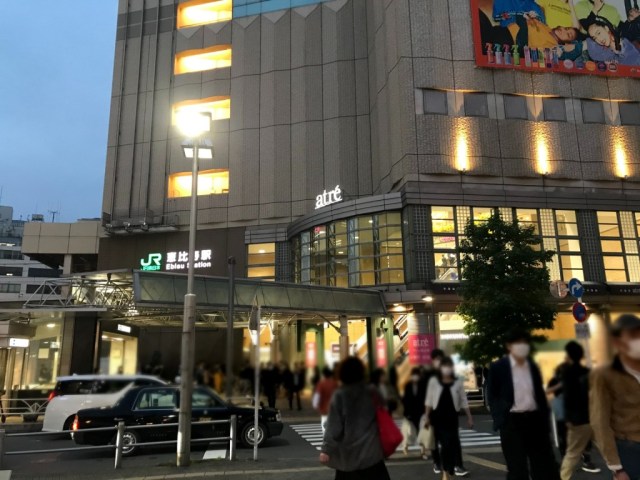
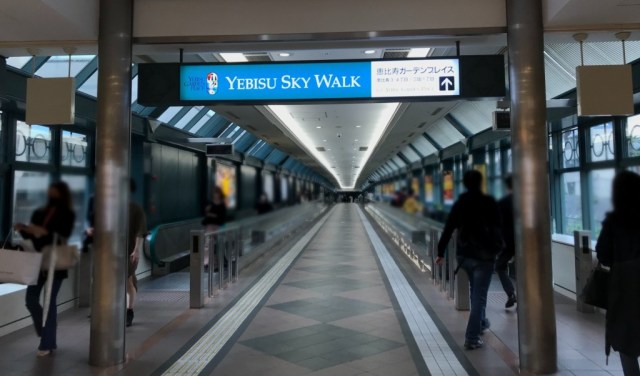
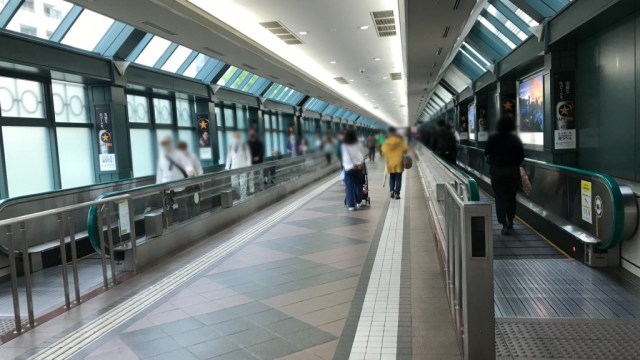

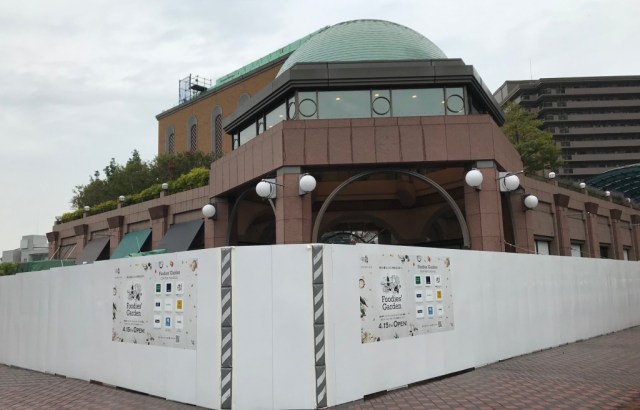
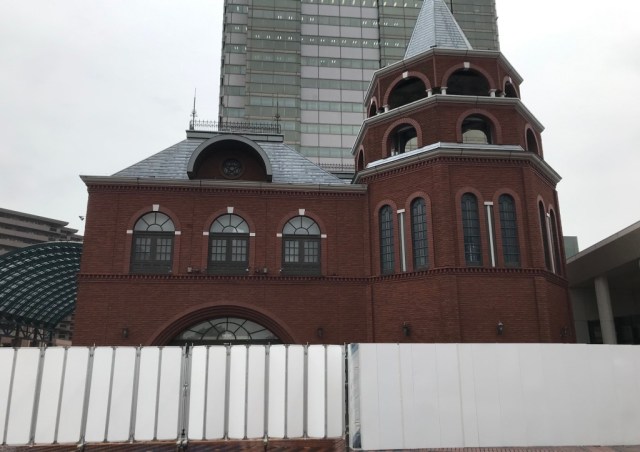
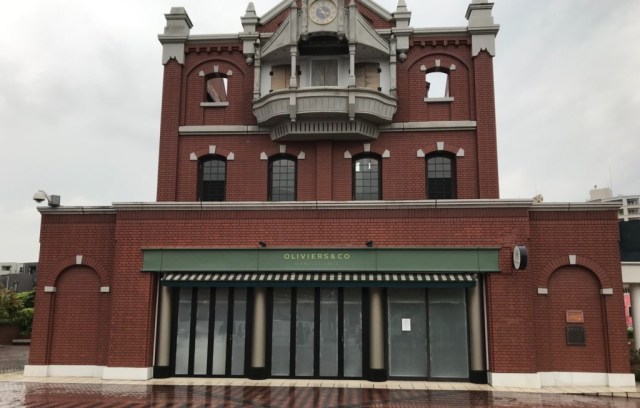
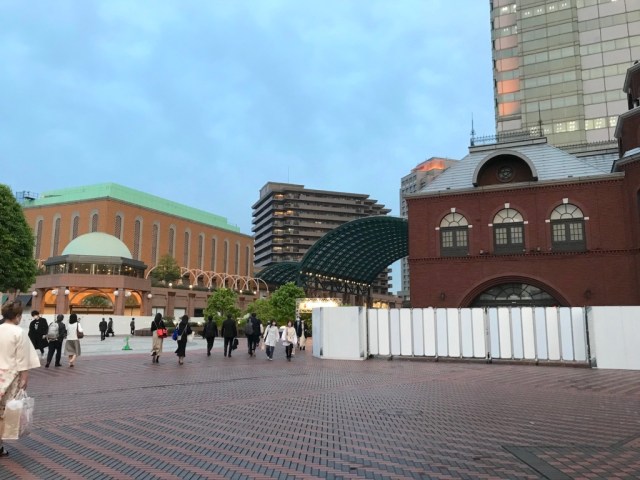
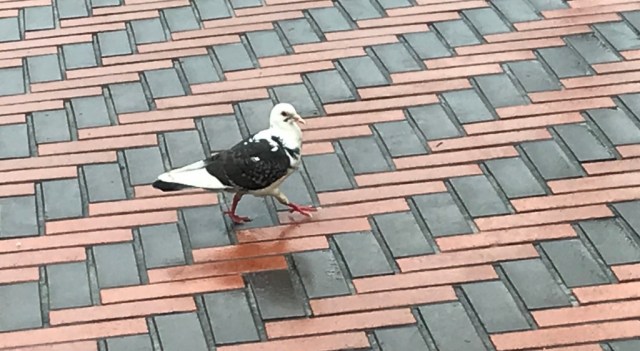
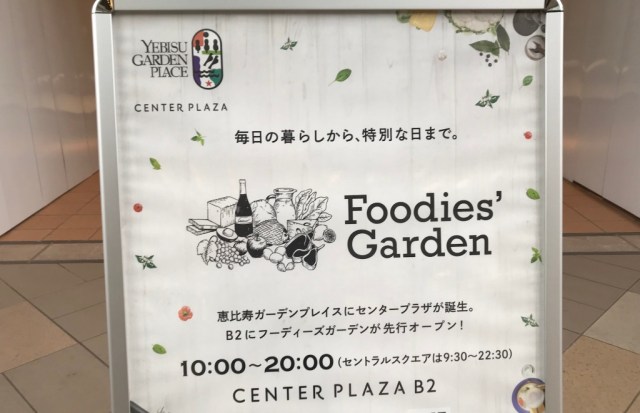
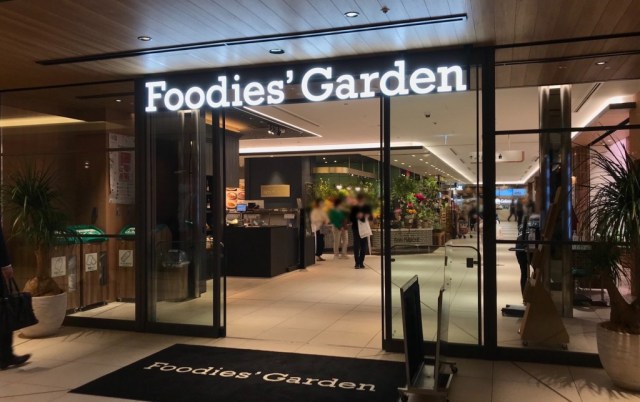
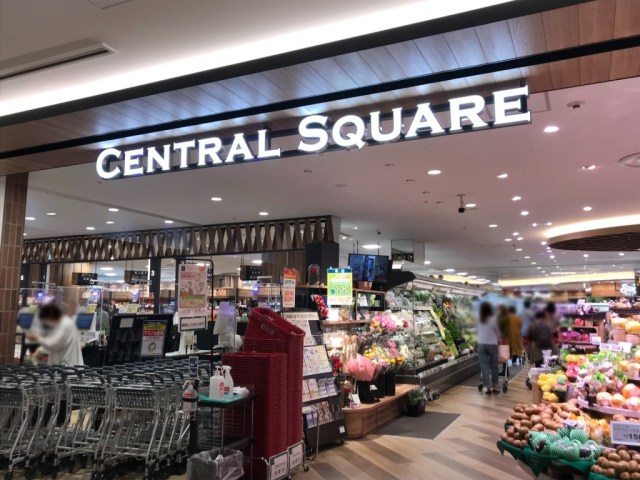
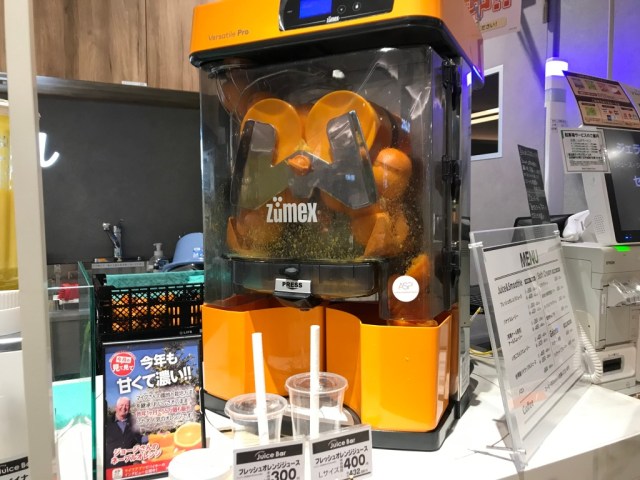
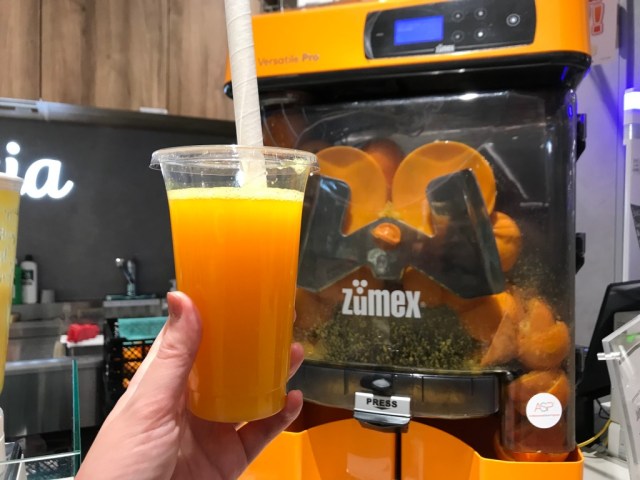
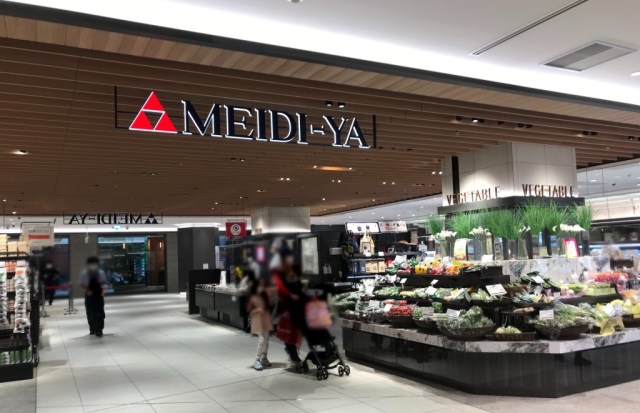
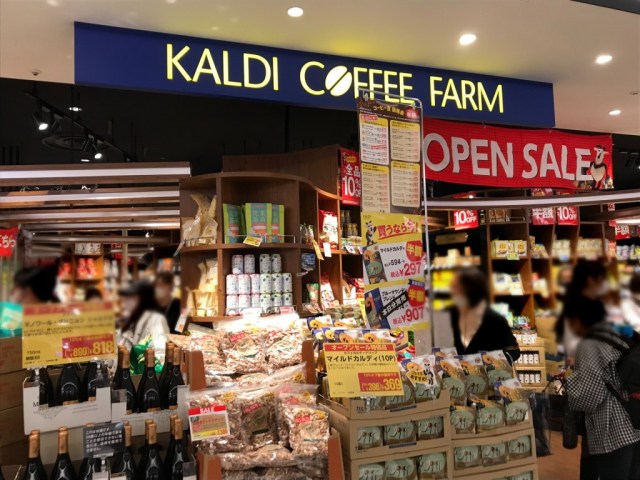
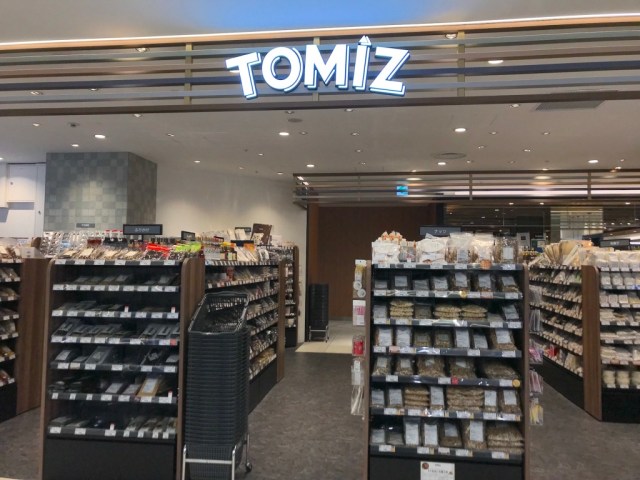
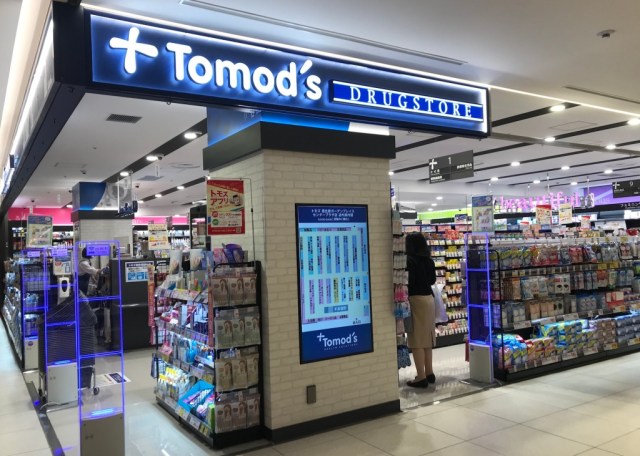
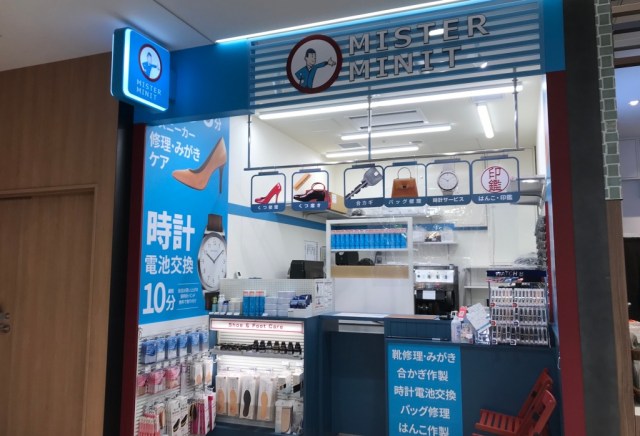
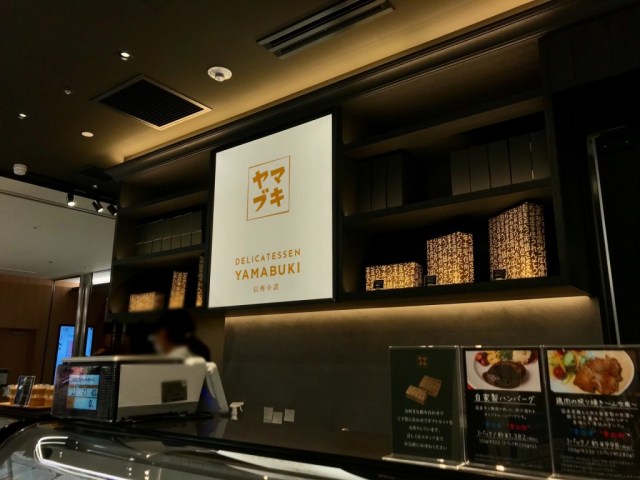
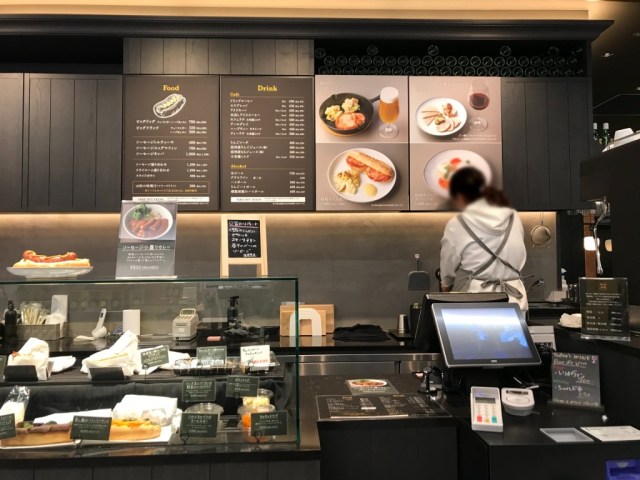
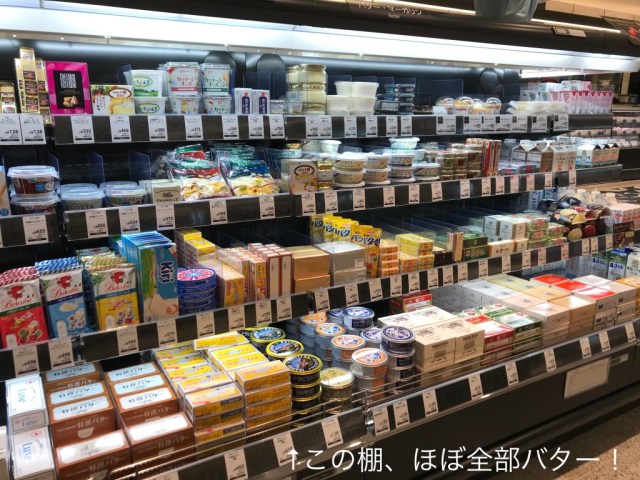
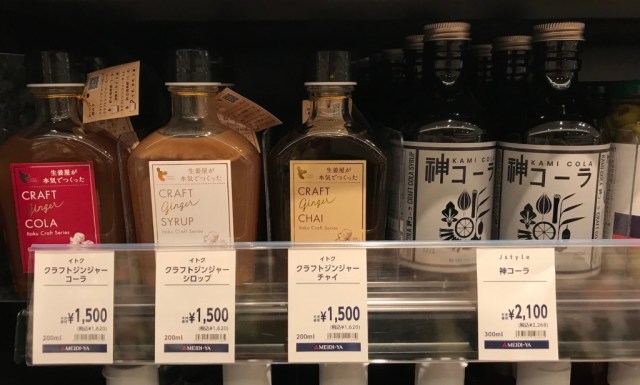
 Reports of the death of Tokyo’s Daikanyama neighborhood have been greatly exaggerated
Reports of the death of Tokyo’s Daikanyama neighborhood have been greatly exaggerated Japan’s matcha green tea beer satisfies two cravings in an awesomely delicious way
Japan’s matcha green tea beer satisfies two cravings in an awesomely delicious way End-of-the-line exploring in Japan: Visiting Hashimoto Station
End-of-the-line exploring in Japan: Visiting Hashimoto Station Shop in Tokyo’s Chinatown has TWENTY kinds of delicious homemade steamed buns
Shop in Tokyo’s Chinatown has TWENTY kinds of delicious homemade steamed buns What’s it like traversing Tokyo using only wheelchair accessible routes?
What’s it like traversing Tokyo using only wheelchair accessible routes? Foreigner’s request for help in Tokyo makes us sad for the state of society
Foreigner’s request for help in Tokyo makes us sad for the state of society Japan’s summertime towelket pillowcases are even better with the addition of Ghibli stars【Photos】
Japan’s summertime towelket pillowcases are even better with the addition of Ghibli stars【Photos】 Seaside scenery, history, and so many desserts on Yokohama’s Akai Kutsu【Japan Loop Buses】
Seaside scenery, history, and so many desserts on Yokohama’s Akai Kutsu【Japan Loop Buses】 Mikado Coffee is a 76-year-old coffee chain with a major celebrity connection
Mikado Coffee is a 76-year-old coffee chain with a major celebrity connection Sandwiches fit for a sumo served up in Osaka【Taste Test】
Sandwiches fit for a sumo served up in Osaka【Taste Test】 Harajuku Station’s beautiful old wooden building is set to return, with a new complex around it
Harajuku Station’s beautiful old wooden building is set to return, with a new complex around it Do Hi-Chew-flavor Hi-Chews have a reason to exist?【Taste test】
Do Hi-Chew-flavor Hi-Chews have a reason to exist?【Taste test】 Suntory x Super Mario collaboration creates a clever way to transform into Mario【Videos】
Suntory x Super Mario collaboration creates a clever way to transform into Mario【Videos】 Should you add tartar sauce to Japanese curry rice? CoCo Ichi makes diners an unusual offer
Should you add tartar sauce to Japanese curry rice? CoCo Ichi makes diners an unusual offer Smash Bros. director Sakurai stabs Kirby in the face, has delicious justification for it
Smash Bros. director Sakurai stabs Kirby in the face, has delicious justification for it McDonald’s new Happy Meals offer up cute and practical Sanrio lifestyle goods
McDonald’s new Happy Meals offer up cute and practical Sanrio lifestyle goods Japanese ramen restaurants under pressure from new yen banknotes
Japanese ramen restaurants under pressure from new yen banknotes French Fries Bread in Tokyo’s Shibuya becomes a hit on social media
French Fries Bread in Tokyo’s Shibuya becomes a hit on social media Studio Ghibli releases new action figures featuring Nausicaä of the Valley of the Wind characters
Studio Ghibli releases new action figures featuring Nausicaä of the Valley of the Wind characters Red light district sushi restaurant in Tokyo shows us just how wrong we were about it
Red light district sushi restaurant in Tokyo shows us just how wrong we were about it New private rooms on Tokaido Shinkansen change the way we travel from Tokyo to Kyoto
New private rooms on Tokaido Shinkansen change the way we travel from Tokyo to Kyoto Tokyo Tsukiji fish market site to be redeveloped with 50,000-seat stadium, hotel, shopping center
Tokyo Tsukiji fish market site to be redeveloped with 50,000-seat stadium, hotel, shopping center Beautiful Ghibli sealing wax kits let you create accessories and elegant letter decorations【Pics】
Beautiful Ghibli sealing wax kits let you create accessories and elegant letter decorations【Pics】 Japanese city loses residents’ personal data, which was on paper being transported on a windy day
Japanese city loses residents’ personal data, which was on paper being transported on a windy day Studio Ghibli releases Kiki’s Delivery Service chocolate cake pouches in Japan
Studio Ghibli releases Kiki’s Delivery Service chocolate cake pouches in Japan New definition of “Japanese whiskey” goes into effect to prevent fakes from fooling overseas buyers
New definition of “Japanese whiskey” goes into effect to prevent fakes from fooling overseas buyers Our Japanese reporter visits Costco in the U.S., finds super American and very Japanese things
Our Japanese reporter visits Costco in the U.S., finds super American and very Japanese things All-you-can-drink Starbucks and amazing views part of Tokyo’s new 170 meter-high sky lounge
All-you-can-drink Starbucks and amazing views part of Tokyo’s new 170 meter-high sky lounge More foreign tourists than ever before in history visited Japan last month
More foreign tourists than ever before in history visited Japan last month New Pokémon cakes let you eat your way through Pikachu and all the Eevee evolutions
New Pokémon cakes let you eat your way through Pikachu and all the Eevee evolutions Disney princesses get official manga makeovers for Manga Princess Cafe opening in Tokyo
Disney princesses get official manga makeovers for Manga Princess Cafe opening in Tokyo Sales of Japan’s most convenient train ticket/shopping payment cards suspended indefinitely
Sales of Japan’s most convenient train ticket/shopping payment cards suspended indefinitely Sold-out Studio Ghibli desktop humidifiers are back so Totoro can help you through the dry season
Sold-out Studio Ghibli desktop humidifiers are back so Totoro can help you through the dry season Japanese government to make first change to romanization spelling rules since the 1950s
Japanese government to make first change to romanization spelling rules since the 1950s Ghibli founders Toshio Suzuki and Hayao Miyazaki contribute to Japanese whisky Totoro label design
Ghibli founders Toshio Suzuki and Hayao Miyazaki contribute to Japanese whisky Totoro label design Doraemon found buried at sea as scene from 1993 anime becomes real life【Photos】
Doraemon found buried at sea as scene from 1993 anime becomes real life【Photos】 Tokyo’s most famous Starbucks is closed
Tokyo’s most famous Starbucks is closed One Piece characters’ nationalities revealed, but fans have mixed opinions
One Piece characters’ nationalities revealed, but fans have mixed opinions We asked a Uniqlo employee what four things we should buy and their suggestions didn’t disappoint
We asked a Uniqlo employee what four things we should buy and their suggestions didn’t disappoint Princesses, fruits, and blacksmiths: Study reveals the 30 most unusual family names in Japan
Princesses, fruits, and blacksmiths: Study reveals the 30 most unusual family names in Japan Cruising around Gunkanjima, Japan’s otherworldly “Battleship Island”【Photos】
Cruising around Gunkanjima, Japan’s otherworldly “Battleship Island”【Photos】 On-warabimochi: A delicious Japanese dessert you should only eat with people who already love you
On-warabimochi: A delicious Japanese dessert you should only eat with people who already love you Take it from a local: This resort island off the coast of Nagasaki is totally worth a side trip
Take it from a local: This resort island off the coast of Nagasaki is totally worth a side trip Do Tokyo’s Reversible Destiny Lofts really hold the power to reverse your destiny?
Do Tokyo’s Reversible Destiny Lofts really hold the power to reverse your destiny? Japanese convenience store or Japanese supermarket: Which one is cheaper?
Japanese convenience store or Japanese supermarket: Which one is cheaper? Beautiful ukiyo-e woodblock print artwork appears on three of Japan’s premium beer brands
Beautiful ukiyo-e woodblock print artwork appears on three of Japan’s premium beer brands We get a rare whiff of the corpse flower, a.k.a. the world’s stinkiest flower, in Tokyo botanical garden
We get a rare whiff of the corpse flower, a.k.a. the world’s stinkiest flower, in Tokyo botanical garden What’s the best part of Tokyo to live in, and why? Survey gives the top six picks
What’s the best part of Tokyo to live in, and why? Survey gives the top six picks Soup curry and onigiri for breakfast at a super tasty semi-secret spot in Tokyo’s Shinjuku
Soup curry and onigiri for breakfast at a super tasty semi-secret spot in Tokyo’s Shinjuku BonAppetour startup lets you cook and dine with Tokyo locals in their homes
BonAppetour startup lets you cook and dine with Tokyo locals in their homes A visit to T-CAT, Tokyo’s often forgotten City Air Terminal【Photos】
A visit to T-CAT, Tokyo’s often forgotten City Air Terminal【Photos】 3 convenience store ice creams you should buy at 7-Eleven in Kyushu
3 convenience store ice creams you should buy at 7-Eleven in Kyushu We hung out at one of Tokyo’s most popular pickup spots, drank our hearts out and met many men
We hung out at one of Tokyo’s most popular pickup spots, drank our hearts out and met many men 10 of our absolute favorite places to spend a day in Tokyo
10 of our absolute favorite places to spend a day in Tokyo House hunting? Here are some tips that might prevent headaches and frustrations
House hunting? Here are some tips that might prevent headaches and frustrations
Leave a Reply